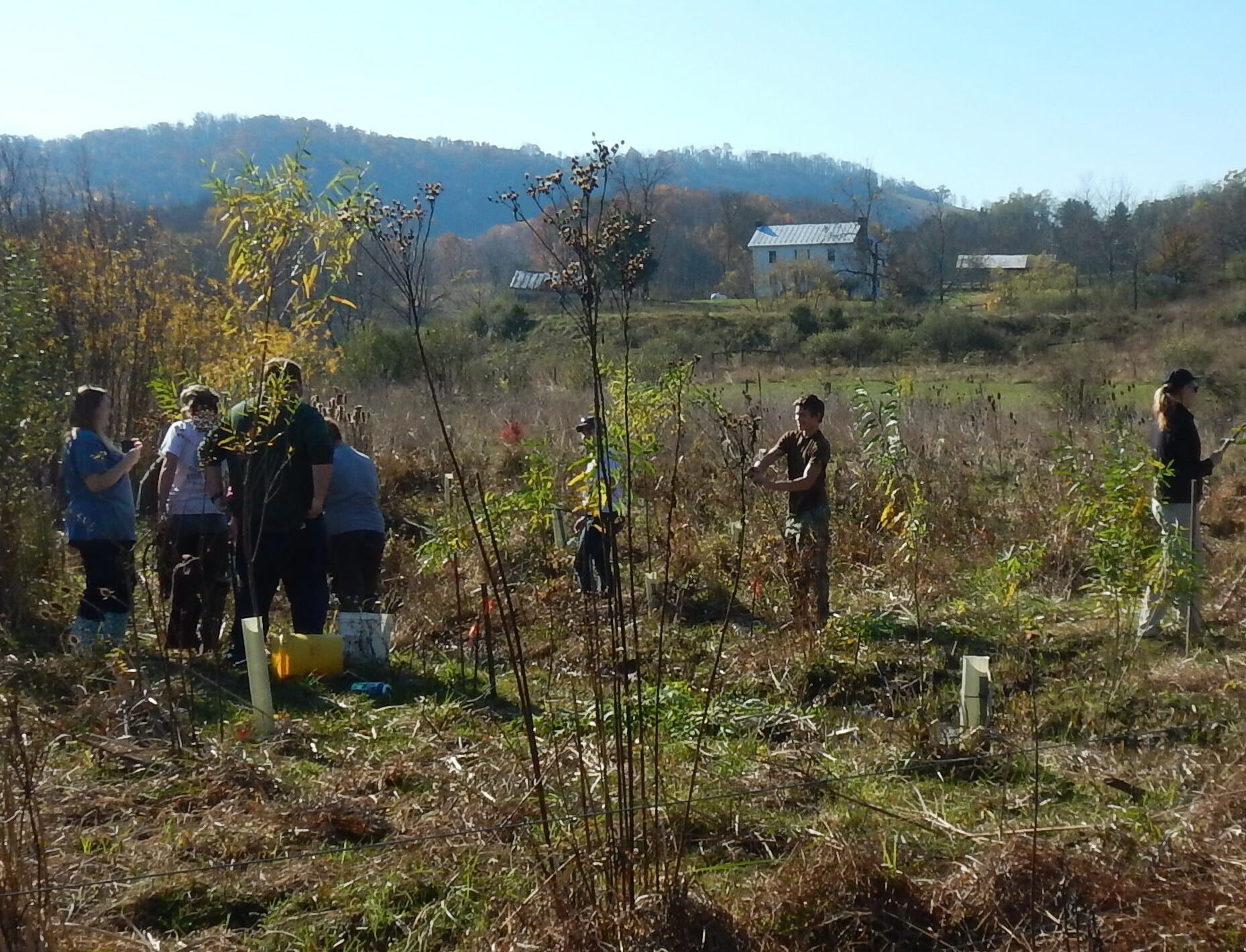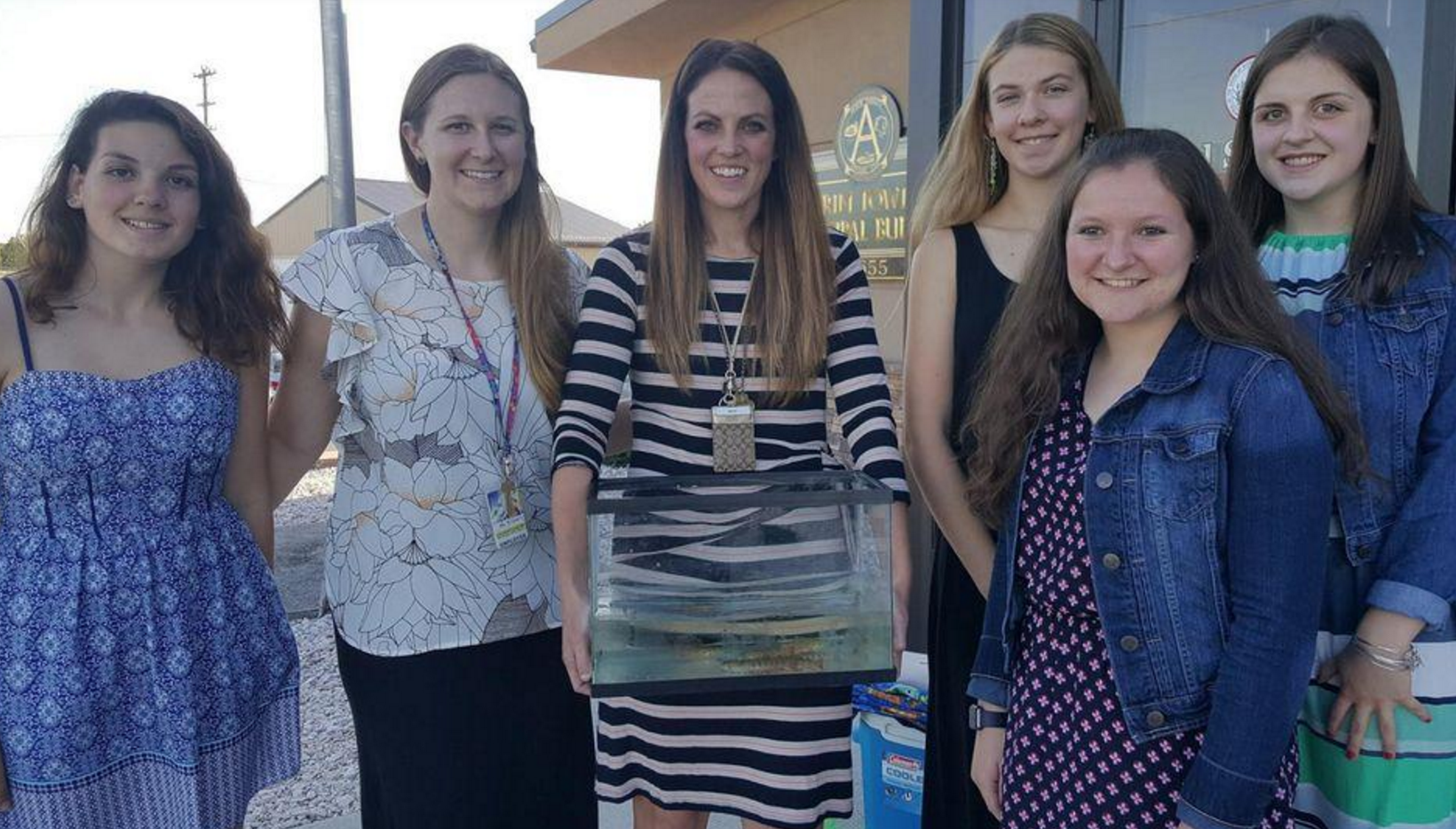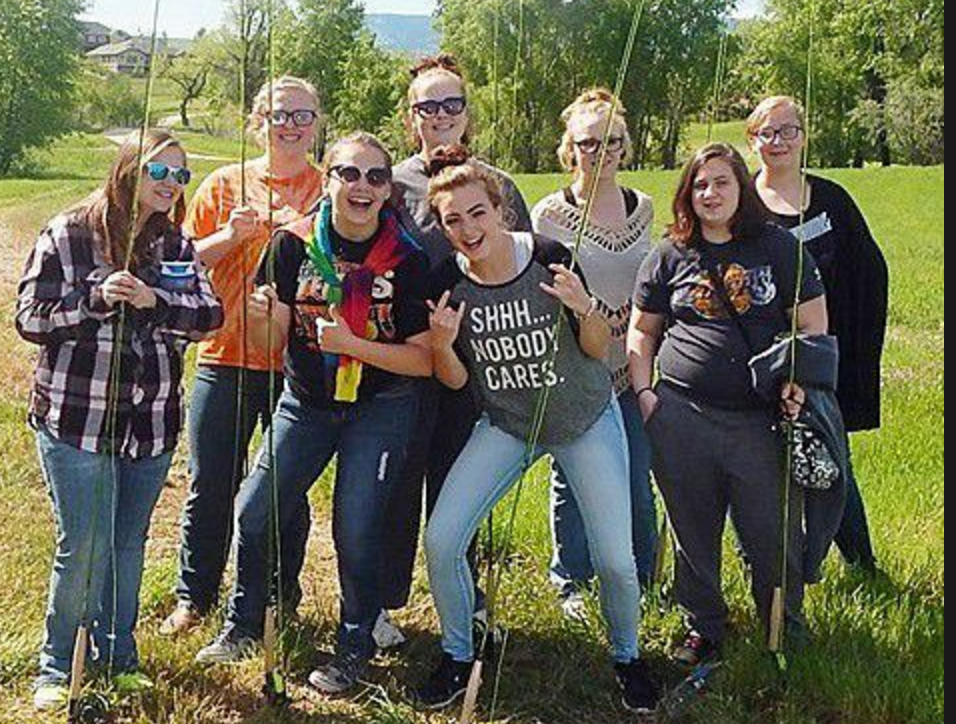When TU chapter leaders send out requests for volunteers, plenty of members are typically quick to take the proverbial bait. That’s what we in TU do.
That said, some opportunities tend to be more popular than others. Events that include the opportunity to mentor new or young anglers are among those that draw the most volunteer attention. It stands to reason; We love helping to teach and inspire the next generation of angler conservationists.
In Wyoming, one of those learn-to-flyfish events got its roots in another how-to session. Members of the Little Bighorn chapter were holding a beginner fly-tying session early this spring. They expected maybe a half-dozen folks to show up. They got 10 students from the Wyoming Girls School alone.
Chapter leaders decided to parlay the interest into an in-the-field fishing clinic, which they hosted in late May. Bob Krumm was there to write about it for the Billings Gazette.
 The President’s proposed FY2018 budget calls for drastic cuts to many programs critical to clean air and clean water, among them the Chesapeake Bay Program.
The President’s proposed FY2018 budget calls for drastic cuts to many programs critical to clean air and clean water, among them the Chesapeake Bay Program.
While the proposed cuts are disheartening, it has been encouraging to see the bipartisan opposition to many of the suggestions.
In Virginia, state Sen. Emmett Hanger (R-Augusta County) recently penned a compelling piece about the importance of collaboration in Bay restoration.
“Successful restoration of the Chesapeake Bay is predicated on diverse interests working in partnership and at times putting aside differences to pursue common ground,” Hanger writes to open the piece.
Yes!
Read the full commentary here.
Each spring it seems not a day goes by without a “Trout Unlimited” news alert popping up about TU’s amazing Trout in the Classroom program. As the school year wraps up, here’s a story about a program in Pennsylvania.
 Literally hundreds of schools are participating in the Trout in the Classroom program, which culminates each spring with the release of hatchery-reared fingerlings into local waters.
Literally hundreds of schools are participating in the Trout in the Classroom program, which culminates each spring with the release of hatchery-reared fingerlings into local waters.
Let’s be clear: TIC is not a “trout stocking” program. It’s about teaching kids the value of clean water and its importance to healthy ecosystems. It connects students to those waters because those students are attached to the trout they raise, and they become stakeholders in the health of the waters that become the permanent home to those fish.
Kudos to the army of volunteers, funders and teachers who make TIC so successful.



